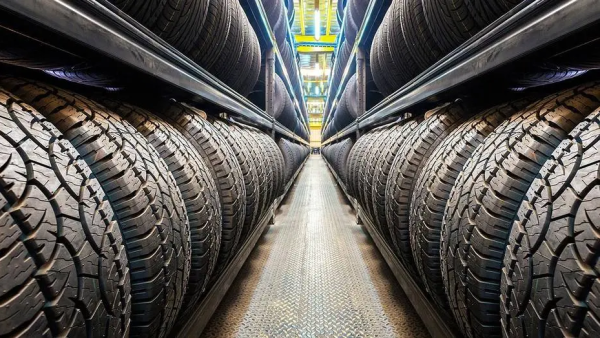Natural sulfur is the first choice for sulfur in traditional Chinese medicine, because it is recorded in the history books of traditional Chinese medicine that it is natural sulfur, not chemical and chemical sulfur, because there was no industrialized sulfur in that era, everything is natural, and authentic natural sulfur has medicinal effects. Now, many traditional Chinese medicine sulfur on the market (pharmacies and online), including traditional Chinese medicine decoction factories, almost all use sublimated sulfur. The so-called sublimated sulfur is processed sulfur.
Sulfur is the most commonly used vulcanizing agent, along with selenium and tellurium in the same group as sulfur. There are two types of sulfur, rhomboid and amorphous (or insoluble sulfur). The former is a ring structure containing 8 sulfur atoms, S8. The latter is actually a metastable polymer with a molecular weight of 100,000-300,000. It is insoluble in most solvents and rubbers, hence the name “insoluble sulfur”. Sulfur is generally obtained from natural sulfur-containing ores through dry distillation, cooling, and crystallization; hydrogen sulfide can also be separated from petroleum refining waste gas, and then recovered from hydrogen sulfide, and sulfur can be processed to produce different varieties for use in the rubber industry. The characteristics of various sulfur are as follows:
1. Powdered sulfur
Blocky sulfur, powdered sulfur can be obtained by crushing, deacidification and other treatment. The fineness of sulfur for rubber is generally below 200 mesh, and the fineness of special varieties is around 600 mesh.
2. Precipitation of sulfur
For polysulfides, dilute sulfuric acid is added to allow the sulfur to settle out. It is called sedimentation sulfur, with an average particle size of 1-5um, excellent dispersion in rubber, and used for high-grade rubber products.
3. Colloidal sulfur
Also known as highly dispersible sulfur. In the presence of a dispersant, grind powdered sulfur or precipitated sulfur with a ball mill or colloid mill to make a viscous substance, then dry and pulverize it to make colloidal sulfur with a particle size of 1-3um, suitable for latex products.
4. Surface treatment sulfur
A layer of oil or polyisobutylene is coated on the surface of sulfur particles, which is conducive to dispersion. Generally, 2.5% oil and sulfur are used to make ointment.
5. Insoluble sulfur
Also known as elastic sulfur. The crystalline sulfur is heated to 200-250°C and is in a molten state, and rapidly cooled at 20°C to obtain a transparent elastomer chain polymer sulfur. Due to the supercooling operation, it maintains a solution state and can remain stable for a long time below -30°C. However, above room temperature, it gradually becomes a rhombohedral structure and assumes a ring-shaped S. Especially noticeable at 90-100°C. The insoluble sulfur transfer conditions are: stable at room temperature for 24 hours, stable at 78°C for 1.5 hours, and transformed immediately at 105°C. The use of insoluble sulfur can prevent blooming and shorten the vulcanization time, and is suitable for short-time vulcanization at high temperature.

